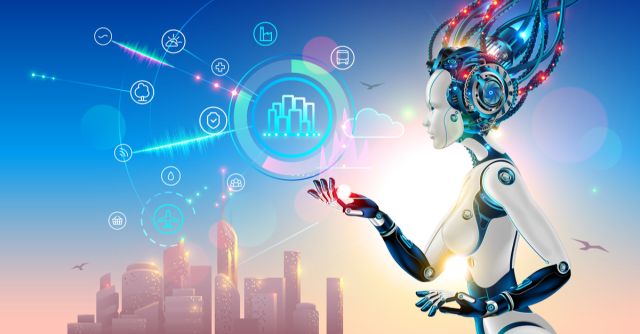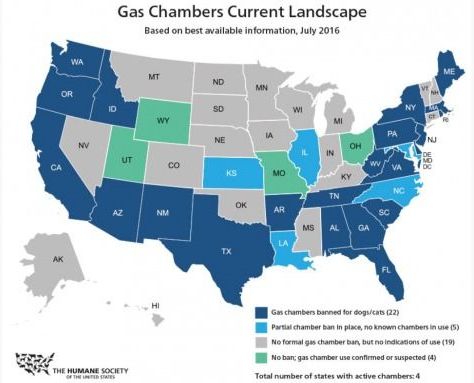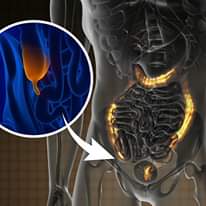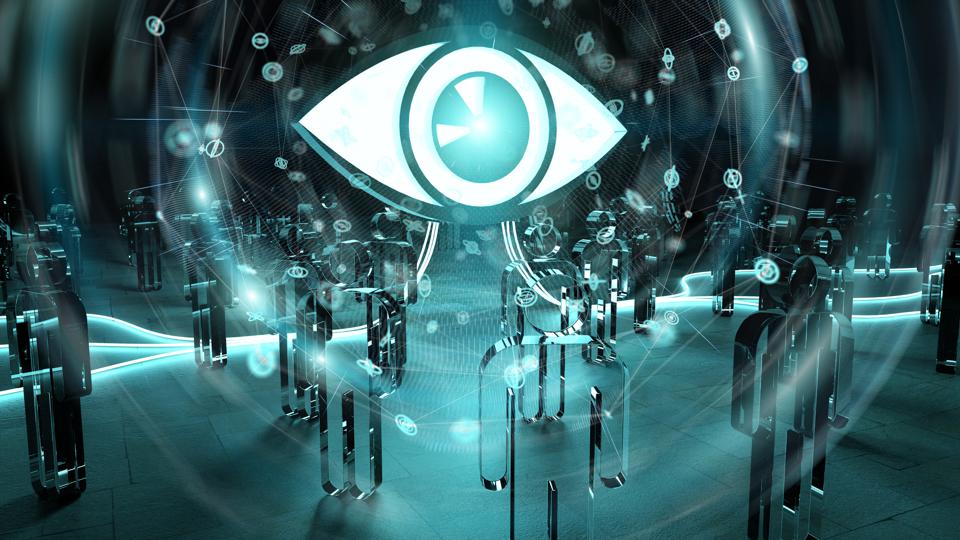Back in 1991 on September 19th in the Austro-Italian Alps, an incredibly grim discovery was made by hikers Helmut and Erika Simon. While they were strolling across the mountainside they discovered what appeared to be a body that died recently still half-frozen from the bottom down. They called in the cops but after further analyzing it was uncovered that the cadaver was at the very least 4,000 years old. Nicknamed “Otzi the Iceman”, he was later on discovered to have died sometime around 3350 and 3100 BC making him around 5,300 years old, aka the oldest preserved human being ever discovered.
Category: futurism – Page 814

Microsoft unveils FREE app to create AI models without writing any code
Microsoft has released a public preview of a free app lets helps people train machine learning models without writing any code.
The Lobe desktop app for Windows and Mac currently only supports image classification, but Microsoft plans to expand it to other models and data types in the future.
“Just show it examples of what you want it to learn, and it automatically trains a custom machine learning model that can be shipped in your app,” the Lobe website explains.

Best way to detect ‘deepfake’ videos? Check for the pulse
With video editing software becoming increasingly sophisticated, it’s sometimes difficult to believe our own eyes. Did that actor really appear in that movie? Did that politician really say that offensive thing?
Some so-called ‘deepfakes’ are harmless fun, but others are made with a more sinister purpose. But how do we know when a video has been manipulated?
Researchers from Binghamton University’s Thomas J. Watson College of Engineering and Applied Science have teamed up with Intel Corp. to develop a tool called FakeCatcher, which boasts an accuracy rate above 90%.


Ban Gas Chamber Use in Utah
S.B. 50 — Animal Shelter AmendmenEuthanasia by Injection, sponsored by Sen. Knudson For the fourth year in a row, we will be supporting a bill to ban the use of gas chambers for animal euthanasia. Utah is one of four states where a handful of animal shelters are still using the outdated and inhumane method of gas chamber euthanasia.



Worried About AI Taking Your Job? More Likely, It Will Becomes Your Boss
Today, we already have humans and robots working together. Kuka has deployed a new type of heavy industrial robots that can work and collaborate with humans, side-by-side.
Full Story
You got a little too caught up in Instagram and lost track of time. You dash over to your home office to quickly log into to work hoping no one will notice your tardiness. Alas, as soon as you connect, you get an immediate message from your boss: “You’re 17 seconds late to work! Your performance score will be impacted.” Ugh! It’s tough working for an AI boss.
This situation seems far-fetched but a little too real at the same time. Will people have AI managers in the future? More importantly, will people still even be working in the future? The answer to both questions is yes. The reality, though, is AI managers will happen much sooner than people think.
Today, we already have humans and robots working together. Kuka has deployed a new type of heavy industrial robots that can work and collaborate with humans, side-by-side. In the past, such a thing was not considered possible. These big, heavy industrial robots could potentially kill a person if they accidentally hit someone. Thanks to machine learning and artificial intelligence, Kuka has created robots that automatically recognize where human person is, even as that person moves around a manufacturing floor. With human and machine working jointly on a production line, manufacturing plants have achieved solid benefits in better overall productivity, reduced hazardous work performed by humans, improved production quality, and increased plant floor flexibility.
